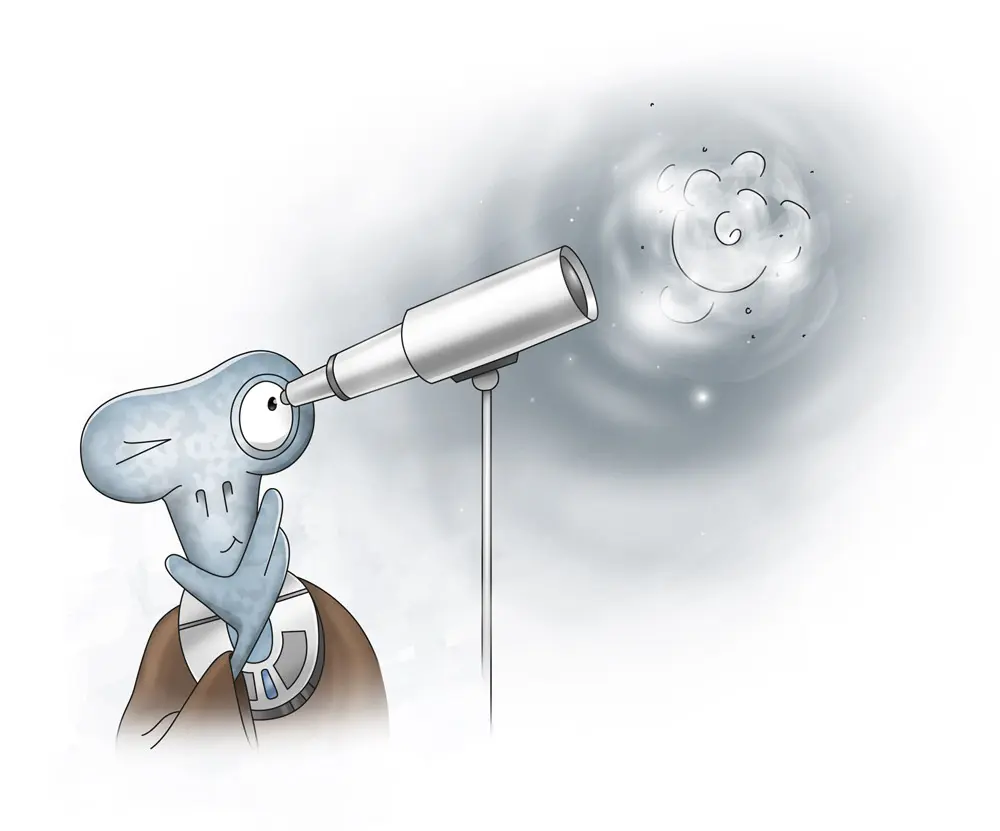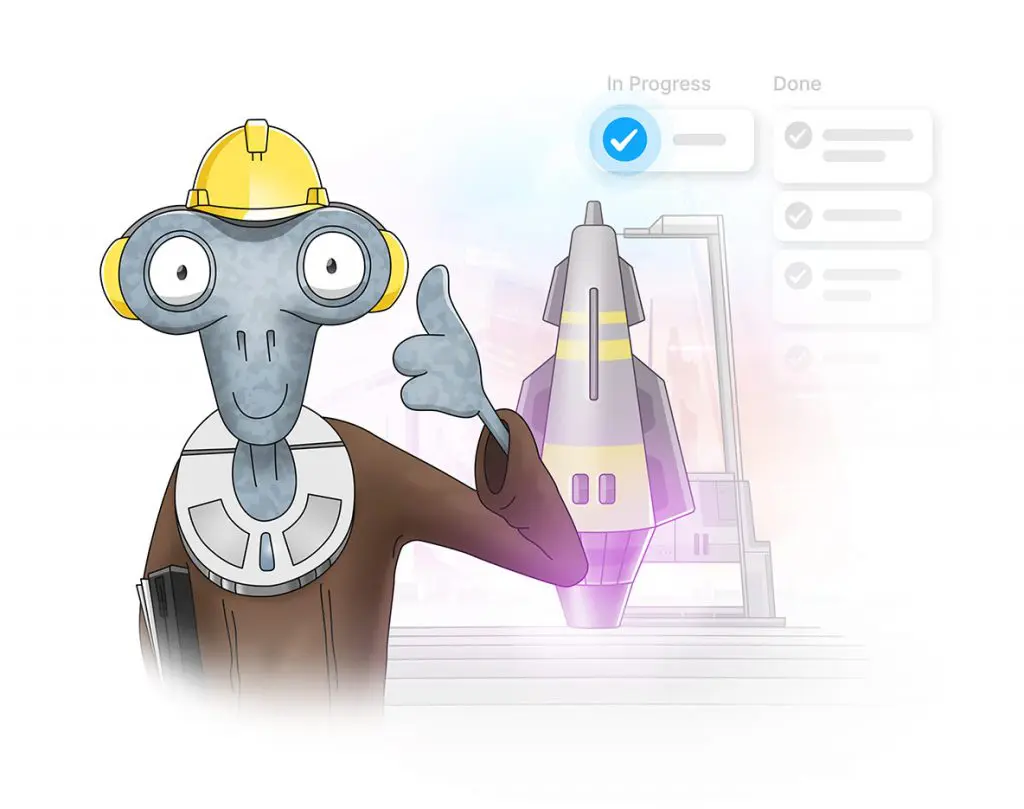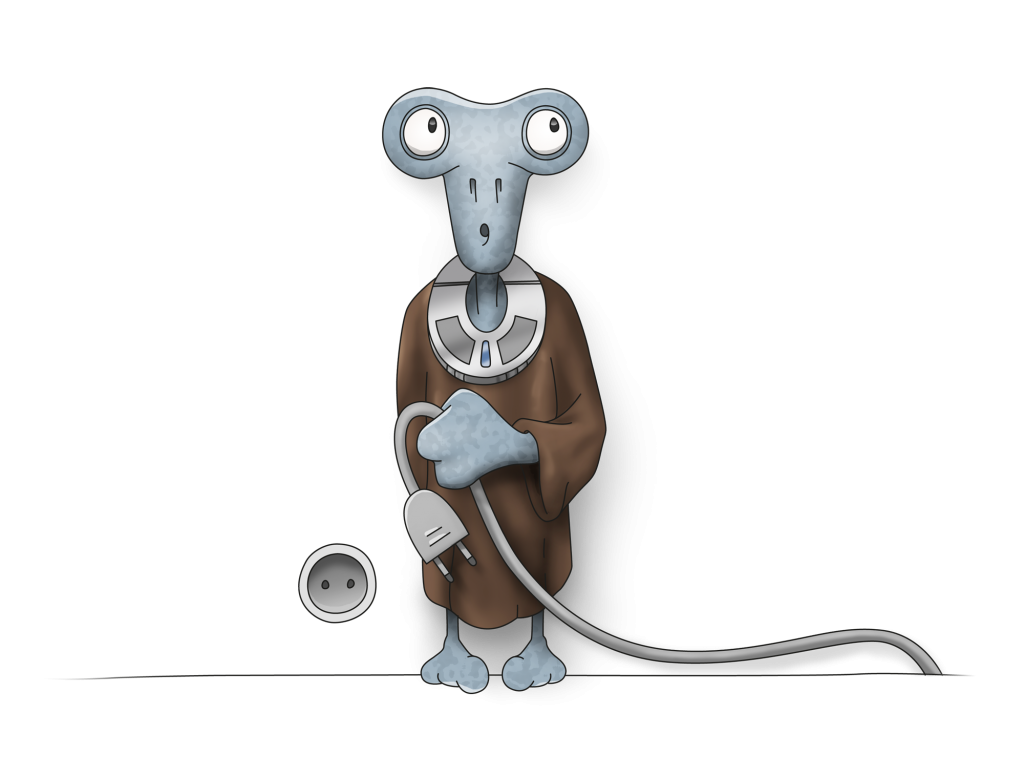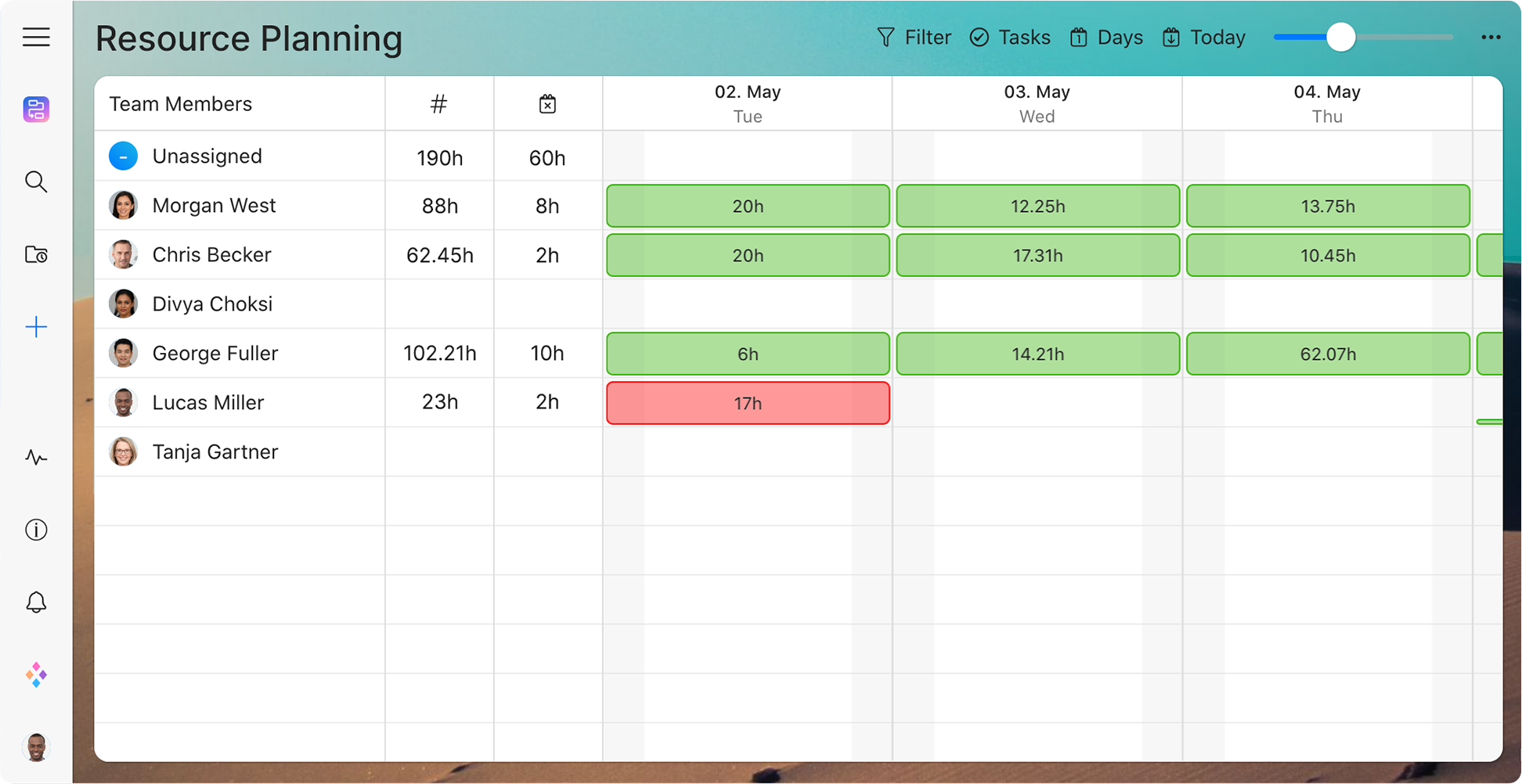
The question of improving productivity at work has always been a major concern for businesses across every industry. Increased productivity produces visible results, including increased revenue, and jobs, and giving all parties a true sense of accomplishment.
However, when employees are available to work but are not engaged in productive activities, it can potentially have serious effects on the employees themselves, their employers, and the business overall. A 2018 study from the Harvard Business School states that almost 80% of American workers find themselves facing involuntary idle time on a weekly basis. The same study reports that this much idle time costs employers an estimated $100 billion per year.
Pulling Through Idle Time (with Zero Consequences)
When attempting to reduce the effects of idle time in the workplace, identifying how it occurs is a great place to start. When some of these areas are identified, it becomes easier to control and limit idle time.

Here are some of the most common ways in which idle time creeps in and negatively impacts business productivity:
1) Organizational Inefficiencies
By definition, idle time is time employees or assets spend waiting. This is paid time and the reason for being unproductive stems from factors that can be within or outside management’s control. Many employees have most likely encountered a few of these situations at work at some point. For example, a business may keep more employees on hand just in case they are needed due to a combination of poor planning and unforeseen circumstances. As a result, too many people are now available at the same time and not everyone who has been paid to be there is assigned a task.

Poor planning can also lead to supply chain or logistical bottlenecks, as well as errors that result in the unavailability of critical work materials. As a result, employees must wait for hours or even days before resuming their tasks.
Another common issue is that workers are unsure how to proceed with tasks, causing them to remain idle until further clarification is provided.
2) Equipment Issues and Maintenance Problems
Taking it a step further, a report on research conducted by Qatalog in 2021 states that the widespread use of software tools during the pandemic has resulted in knowledge and data dispersal across platforms. This has resulted in workers being unable to find the necessary information to complete their assigned task, resulting in a weekly time loss of 5 hours per worker.
And, since modern work is largely dependent on gadgets, equipment, and machines, unexpected machine breakdowns and other equipment-related issues can be particularly frustrating and lead to significant idle time – in every industry.

Idle time is a challenge in today’s highly competitive market, with multiple negative consequences. Consider the following scenario: there is a deadline to be met by your software development team. Great team management means optimizing and delegating the work efficiently within the team. However, if one of the team members is overproducing, this means that someone might be sitting idle – recognizing this fact might lead to better work delegation and product delivery prior to the deadline. Similarly, if there is under-production at the individual or team level, you may end up sacrificing quality to meet your deadline. Both scenarios can be alleviated by setting up and monitoring precise performance metrics.
Prioritization is an important component of an efficient and effective maintenance plan. Roadblocks can arise unexpectedly during the course of any project’s life cycle; however, if the project team has effectively prioritized the project’s scope beforehand using healthy project management methods such as the MoSCoW method, the team should be in a stable position to overcome them.

Maintenance tasks are one more area of work that can be classified according to priority (and can streamline work order handling by doing so): from emergency to high, medium, and low priority. The factors to consider are the potential value to the company, time required for completion, location, and the potential consequences of not responding.
This is why companies must equip their maintenance departments with proactive maintenance strategies and modern tools such as a computerized maintenance management system (CMMS). Using CMMS, with the massive streams of data that such systems can provide and interpret, removes estimates and the human factor from the equation. Historical data and real-time monitoring enable the maintenance team to schedule maintenance, streamline the work order system, gain real-time insight and warnings, and create SOPs. This will help to keep medium and high-priority equipment in good working order and reduce idle time to a bare minimum.
3) Demotivated Employees
A kick-off meeting is used by project managers when managing an organizational project to discuss the goals that the team must achieve in order to complete the project. However, plans can go awry, causing project managers to change timelines or delegate tasks in a different way.

This could have an impact on project goals and make them unclear to employees. If employees don’t understand these goals, or their work schedules change intermittently with new assignments, a lack of motivation could occur – especially if the changes in project goals and timelines aren’t communicated well with the team.
Employees may also become demotivated as a result of poor management or a lack of stimulating tasks. A poor understanding of project goals, milestones, and employee KPIs can lead to idle time as a consequence of either not having a clear task outline, or option paralysis if too many tasks are at hand. All of the above is a consequence of mismanagement and a lack of depth in the planning process, which leads to decreased productivity.
Ways to Minimize the Negative Impacts of Idle Time
Before idle time causes serious problems in your business, let’s have a look at some practical ways to minimize its negative impacts:
Be Realistic
The truth is that expecting every single person on your payroll to work nonstop for the entire workday is unrealistic. That is impossible, and you will soon face worker burnout and declining productivity.

For example, employees (especially newly hired) often struggle with adjusting to their new environment, work culture, and responsibilities. Instead of expecting peak performance all day, consider the following alternatives:
- Improving your onboarding processes so that new employees have a shorter period of adjustment.
- Fine-tuning your workflow to detect inefficiencies as soon as possible. Every team member will have to pull their own weight in this type of environment.
- Because some idle time is unavoidable, provide incentives to keep things interesting, such as frequent breaks or other non-disruptive leisure activities.
- Again, thorough planning can go a long way in working around intermittent project roadblocks. Predicting the stumbling points is an important part of working around them, reducing both idle time when they occur and the time lost to evaluate the problem from the ground up and address it properly.
Incrementing and Rescheduling Work
In many industries, some level of idle time may be necessary before progressing to the next stage. For example, consider a project that is following the Waterfall Methodology, where one step must be completed before another can start, versus a project being run according to Agile principles and values. In both cases, work is incremented into smaller tasks and/or milestones, one being linear and the other being highly flexible.

However, in both situations project managers can consider rescheduling the incremented work to minimize wait times. Instead of having everyone wait around for a stage to be completed, or focus on the absolute final phase of a product, management can work to keep workers occupied during all times, or they can focus on continual deliverability – depending on their preferred methodology and their project’s requirements. If your client is hell-bent on linear delivery and development, taking lessons from Agile principles can help you tweak the desired process internally to reduce idle time and bottlenecks happening while, for example, you’re waiting for client feedback. Again, planning and forecasting are key.

Experience seamless project collaboration and organization.
Sign up for free today!
Address Overstaffing Problems
A major problem with idle time is that people are getting paid for long periods of inactivity; this might indicate that the company is facing an overstaffing issue. Laying people off is never a popular option for either employers or employees, and in some cases, there’s no guarantee it will solve the problem. Instead, it could lead to more issues down the road.
One possible viable workaround would be to consider using a specialized sub-contracting agency to provide skilled temp workers on an ongoing basis, but this needs to be implemented from the planning phase. Aside from temp workers, there are some other solutions to solve employee idle time.
If data shows that idle time is biting into schedules, this can also be an indicator of a burning need to restructure your work processes. To be clear, this might end up calling for layoffs after all, especially if productivity and profitability do not go hand in hand. Applying different tech solutions to parts of work might prove beneficial by reducing the risk of human error; on the other hand, sales and marketing might also step up their game to find work for idle hands.
Recognizing such a problem is the first step in planning for a solution; detailed work in the planning phase will save both time, money and the stress of possible lay-offs. Thinking ahead and laying out a growth plan, along with possible roadblocks, will enable sustainable growth, eliminating the need for unpopular decisions such as staff cutbacks.
Don’t Micromanage People
When trying to tackle idle time, avoid the mistake of trying to micromanage people. After conducting studies on employees and their supervisors, professors Andrew Brodsky and Teresa Amabile found that trying to watch staff closely and monitor how much time people spend on a task can cause them to stretch out the allocated time or work a bit slower, so they always seem to be busy.

Instead, the professors advised that workers are not forced to work continuously. They stated that “micromanagement like that can have a host of negative effects.” They contended that employees may be spending more time idle than is obvious and that they may be working more slowly than necessary to avoid idle time, creating a vicious circle of mismanaged expectations. In another study, the same researchers found that staff were more motivated to quickly finish a task if they were allowed to indulge in some quick leisure activity (such as using the internet) once they were done with work.
Working around the tendency to micromanage begins from the hiring phase – you want the right people for the job. Once you have them, set clear goals and expectations, and communicate clearly and freely – particularly considering feedback. On top of that, encourage teamwork and the mutual responsibility and accountability it brings with it. If all of the above is set, there will be zero need to interfere with everyone’s schedule and workload.
Final Thoughts
Undoubtedly, the idea of working more efficiently and effectively would be beneficial for any business. Yet, uncontrolled idle time can seriously impact and potentially derail any attempts at improving productivity.
Nevertheless, there are methods in place that can help you mitigate the possible downsides of idle time. Not all time spent not working should be considered lost – it’s only a matter of planning, forecasting, and anticipating events. Finding workarounds for idle time is a simple next step after you have a thorough understanding of your processes and workflows.
You may not be able to completely eliminate idle time; however, by recognizing it and taking the steps outlined above, your company will be in a better position to overcome this disadvantage and continue to thrive.
Bryan Christiansen is the founder and CEO of Limble CMMS. Limble is a modern, easy-to-use mobile CMMS software that takes the stress and chaos out of maintenance by helping managers organize, automate, and streamline their maintenance operations.
With the Zenkit Suite, you can promote effective time management and reduce the impact of idle time on the development of your project. The Suite is ideal for streamlining your workflow and encouraging team collaboration.
Learn more in our Knowledge Base, or schedule a quick personal demo to see how your project can be improved by the Suite.





Leave a Reply